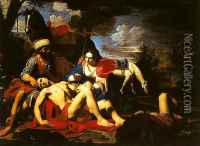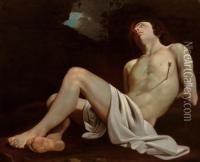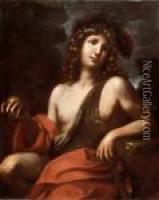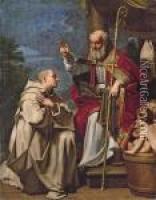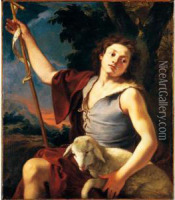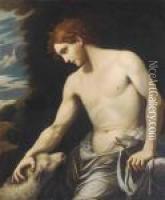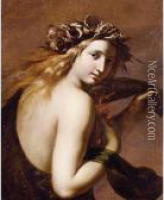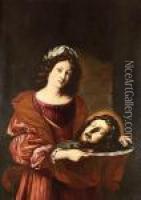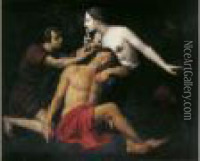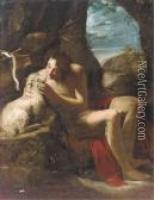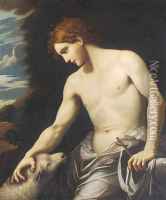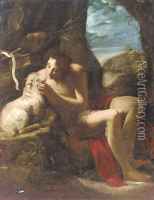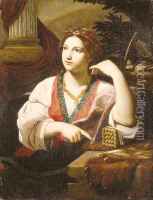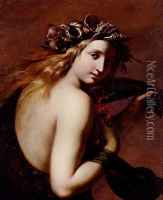Michele Desubleo Paintings
Michele Desubleo, also known as Michele Fiammingo or Michele di Giovanni de Sobleau, was an Italian Baroque painter who is known for his sensual and richly colored canvases. Born around 1601 in Maubeuge, which was then part of the Spanish Netherlands, he was one of the many Flemish artists who exerted significant influence on Italian art during the 17th century. Desubleo's early life and training are not well-documented, but it is believed that he may have been a pupil of Abraham Janssens in Antwerp before moving to Italy.
He settled in the city of Parma around 1626, where he became associated with the school of painting led by the influential artist Annibale Carracci. His work from this period reflects the Carraccesque style, known for combining elements of Venetian colorism with the dynamic composition and chiaroscuro of the Bolognese School. Desubleo's assimilation of these styles allowed him to develop a distinctive approach characterized by soft, diffuse light and a subtle palette.
Desubleo achieved success in Parma, receiving commissions from prominent patrons, including the Farnese family. He worked on various religious and mythological subjects, often infusing them with a northern European sensibility. One of his notable works includes 'The Martyrdom of St. Januarius', which showcases his skill in handling complex compositions and his ability to convey dramatic intensity.
Later, Desubleo moved to Fano, where he continued to work and influence the local art scene. During this period, he became known for his smaller scale works on copper, a medium that allowed for exquisite detail and luminosity. He also painted altarpieces and frescoes for churches, contributing to the spread of Baroque aesthetics throughout the region.
Michele Desubleo's art represents a fusion of northern European painting traditions with Italian Baroque sensibilities, making him an important figure in the transnational exchange of artistic styles during the 17th century. He passed away around 1676 in Fano, leaving behind a body of work that continues to be appreciated for its elegance and expressive quality.
